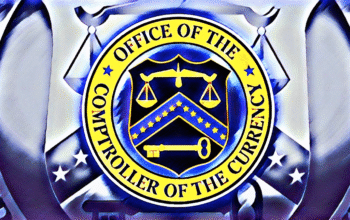 Centre Consortium members, Circle and Coinbase announced today a new version of the USDC stablecoin with significant improvements to improve security and usability.
Centre Consortium members, Circle and Coinbase announced today a new version of the USDC stablecoin with significant improvements to improve security and usability.
The primary feature of the new USDC 2.0 is the “gasless sends” feature which solves a bottleneck with adoption for Ethereum-based stablecoins like USDC.
Since the transfer of ERC-20 tokens requires the payment of transaction costs called “gas fees,” users cannot send USDC without holding an ETH balance. USDC 2.0 will, however, allow developers and users to delegate gas fee payments to a single address which can either be for the developer or the individual.
The developer can thus decide to cover the cost of fees in ETH, and then deduct from the customer in USDC to streamline the payment process. Under this method, the fees will be expressed and paid in USDC, mirroring the experience with existing payment gateways.
The new version will improve security by introducing “a new set of on-chain multiple-signature contracts,” that will replace offline manual processes, thereby, increasing resilience and auditablity for the stablecoin.
What Should I do If I Own USDC?
It is worth noting that the new improvements to the stablecoin do not in any way affect the supply currently held by users or exchanges offering USDC-related products and services.
The Centre Consortium noted in today’s announcement that the new “changes are backward compatible and there is no impact or change to wallets, exchanges or applications currently integrating with USDC.”
Meanwhile, the need to improve the technical features of the USDC comes off the back of the increased adoption of stablecoins, especially as the global economy deals with the effect of the COVID-19 pandemic.
USDC had a market cap of less than $500 million at the start of February. At this time, however, the stablecoin boasts a market cap just under $1.4 billion and is the second most widely used stablecoin behind Tether (USDt). Per today’s announcement, the stablecoin has also seen more than $90 billion in on-chain transaction volume despite launching less than two years ago.



